U.S. escapes WHO treaty enabling fast-tracked experimental vaccines, censorship of dissent, and global surveillance systems.

On May 19, 2025, the World Health Organization (WHO) took a historic but deeply concerning step: Member States, through Committee A of the World Health Assembly, officially approved the WHO Pandemic Agreement—a sweeping global treaty that is now expected to be formally adopted in plenary session on Tuesday, May 20.
This agreement, hailed by WHO leadership as a landmark tool for “equity,” “solidarity,” and “science-based” pandemic responses, contains alarming provisions that threaten national sovereignty, institutionalize emergency countermeasures, and entrench WHO as the central coordinating authority in future health crises.
.
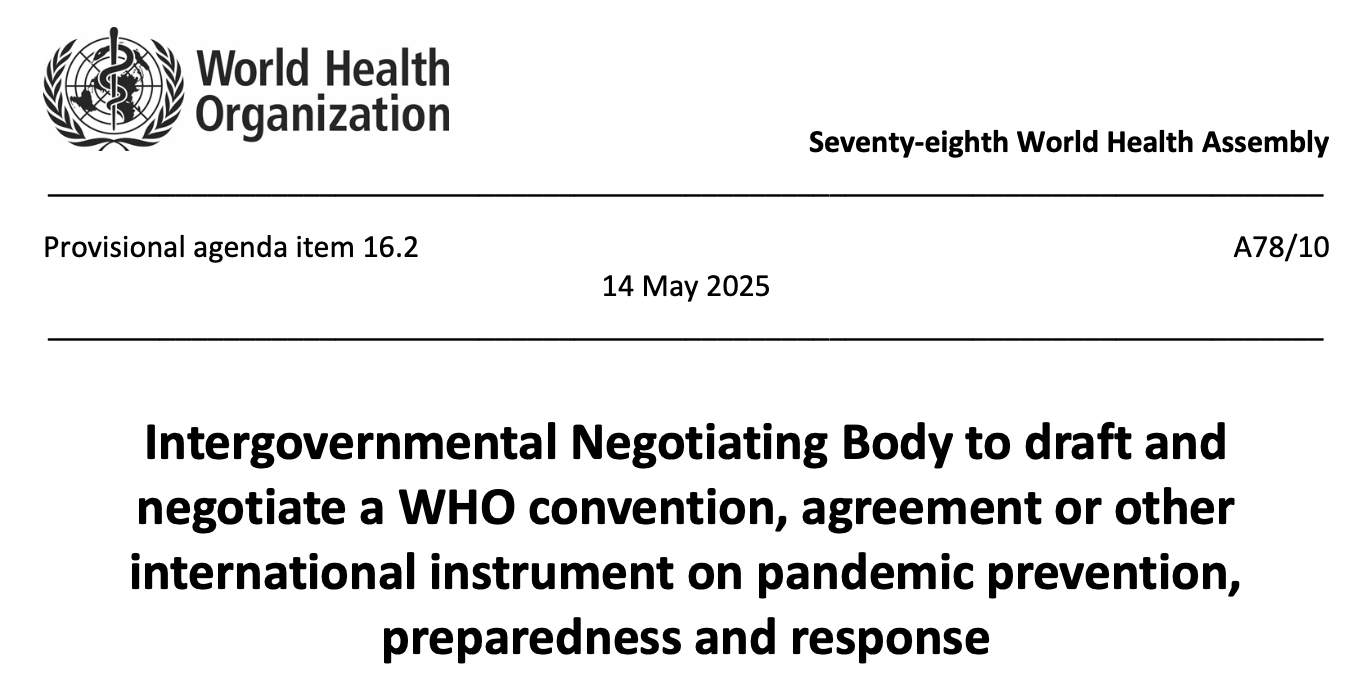
Click here to read the WHO Pandemic Agreement
.
Why It Matters That the United States Is Withdrawing from the WHO
On January 20, 2025, President Donald Trump signed an executive order initiating the U.S. withdrawal from the WHO, citing its COVID-19 failures, lack of reforms, and disproportionate U.S. funding. The move paused all future U.S. funding, ended negotiations on the Pandemic Agreement, and recalled U.S. personnel. The withdrawal takes full effect on January 22, 2026.
This exit protects the U.S. from being legally bound by this treaty’s sweeping obligations:
Key Concerns Hidden in the WHO Pandemic Agreement
Coordinated WHO Governance That Pressures National Policies
While Article 3 affirms national sovereignty, the agreement—adopted under Article 19 of the WHO Constitution—creates binding international obligations for Parties once ratified (Articles 31–33). It empowers WHO to coordinate pandemic responses through:
- A global Pathogen Access and Benefit-Sharing System (Article 12)
- A Global Supply Chain and Logistics Network (GSCL) (Article 13)
- A Coordinating Financial Mechanism for pandemic response (Article 18)
- National pandemic planning, surveillance, and communications strategies (Articles 4, 6, 16)
Once ratified, countries are expected to align domestic policies with WHO-led systems, subjecting national decision-making to international influence.
Emergency-Use Vaccines with Fast-Track Approvals
The agreement promotes expedited regulatory authorizations and WHO’s Emergency Use Listing during pandemics (Article 8.2). It encourages regulatory alignment and urges manufacturers to allocate 20% of their real-time production of vaccines and therapeutics to WHO, including 10% as a donation (Article 12.6). This means global deployment of more experimental injections.
No Built-In Liability or Compensation for Injuries
Although mass distribution of pandemic countermeasures is promoted, the agreement includes no binding provisions for compensation. Resolution OP15.10 from the Assembly merely requests WHO to develop “non-binding advice” on managing legal risks related to novel pandemic vaccines, leaving responsibility to individual nations.
Lays Groundwork for Vaccine Passports and Digital Surveillance
Article 6.3 mandates development of interoperable national health information systems. Article 8.4 encourages regulatory reliance, and Article 16 promotes population-level risk communication and “pandemic literacy.” While vaccine passports are not explicitly named, the structure supports global digital compliance mechanisms linked to immunization and surveillance.
Becomes Binding on Ratifying Countries
The agreement was adopted under Article 19 of the WHO Constitution (Resolution OP1) and becomes legally binding after 60 countries ratify it (Articles 31–33). Once in force, it obligates Parties to participate in WHO-led coordination and response frameworks during declared pandemic emergencies, even if domestic law would otherwise differ.
Why This Is Bad
- National governments will be pressured to align their laws with global dictates
- Experimental products would be rapidly deployed without sufficient safety data
- Legitimate scientific dissent could be labeled as misinformation
- Entire populations could be coerced into compliance with no guaranteed recourse for harm
The U.S. withdrawal from the WHO was a vital and strategic move—protecting national sovereignty and medical freedom. Other countries would be wise to follow suit before being bound by the WHO’s sweeping global mandates.
*
Click the share button below to email/forward this article. Follow us on Instagram and X and subscribe to our Telegram Channel. Feel free to repost Global Research articles with proper attribution.
Nicolas Hulscher, MPH, Epidemiologist and Foundation Administrator, McCullough Foundation.
Featured image is from Focal Points
Global Research is a reader-funded media. We do not accept any funding from corporations or governments. Help us stay afloat. Click the image below to make a one-time or recurring donation.
Counter Information publish all articles following the Creative Commons rule creative commons. If you don't want your article to appear in this blog email me and I will remove it asap.










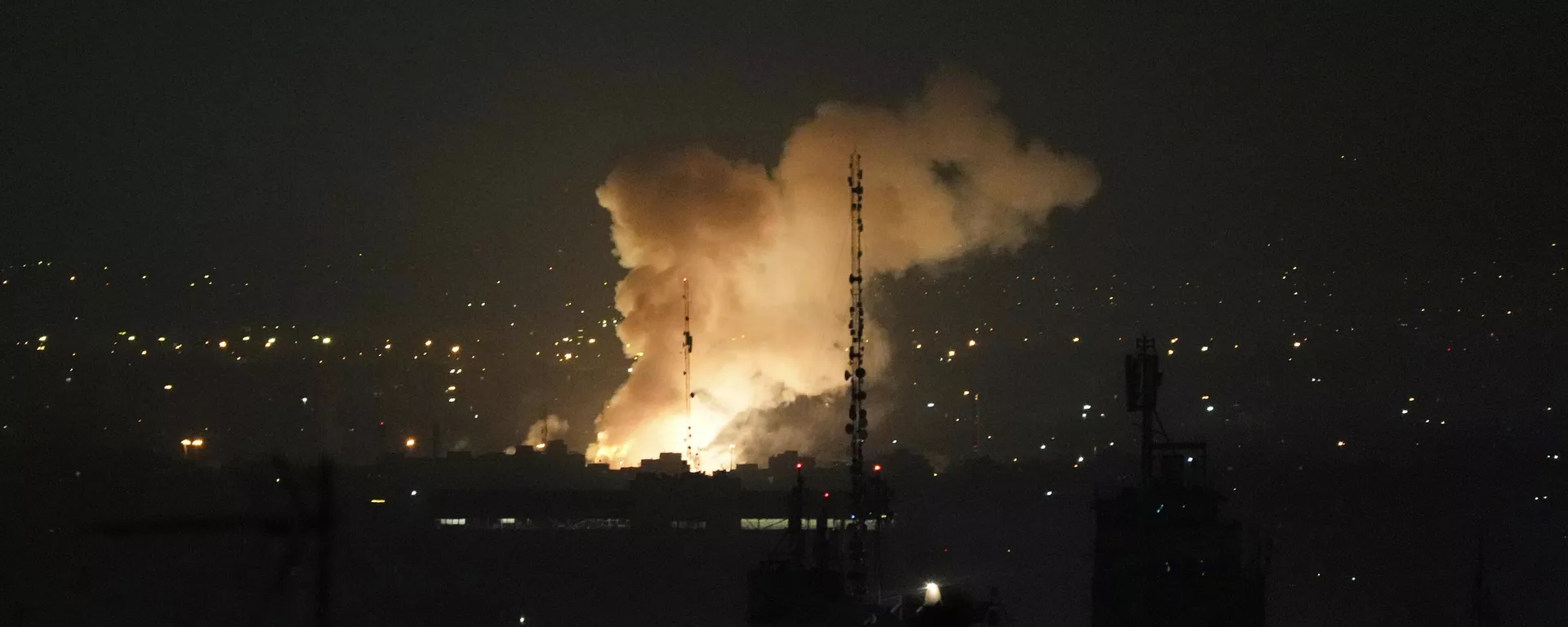





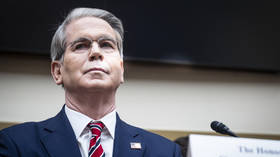
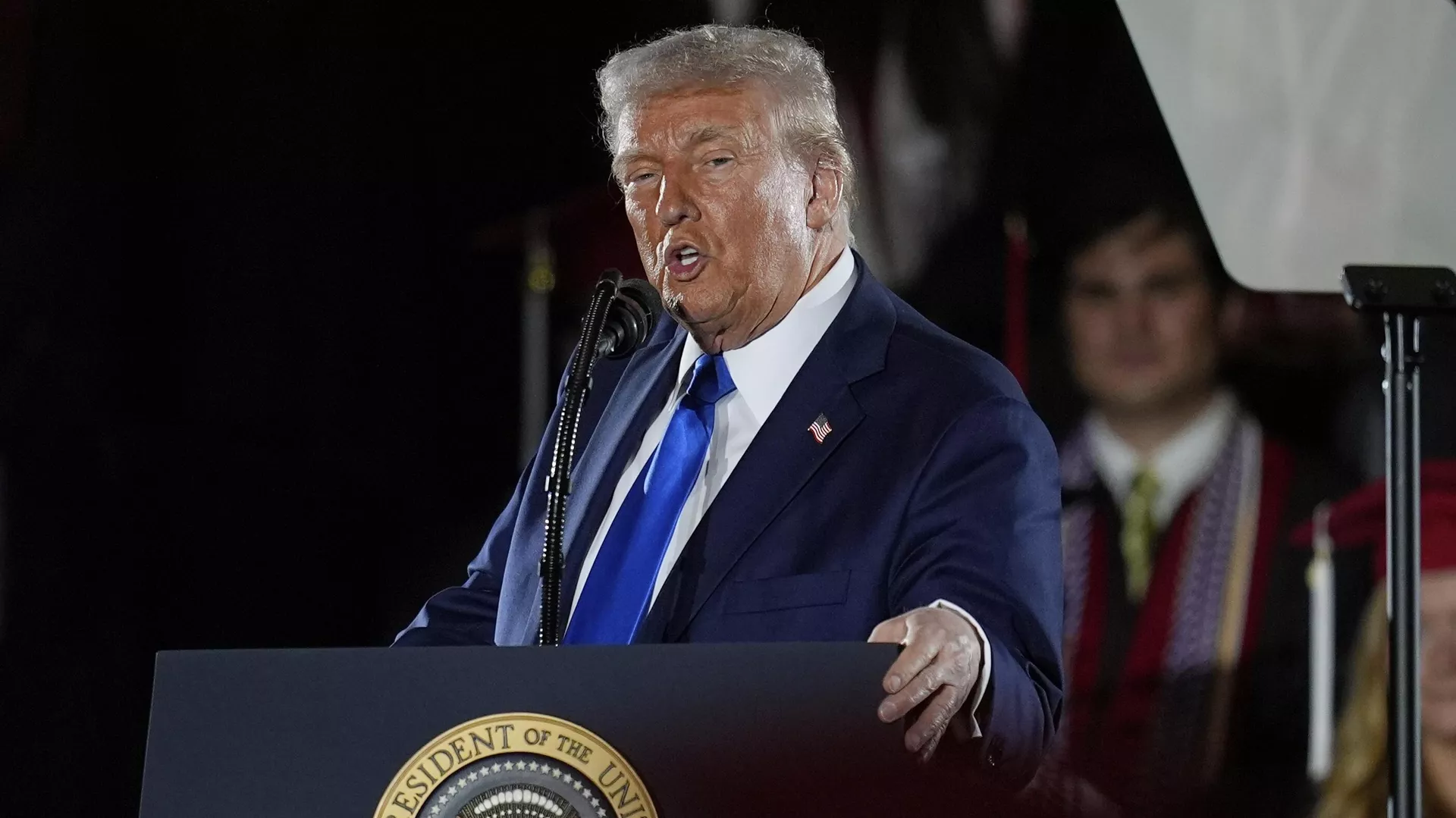
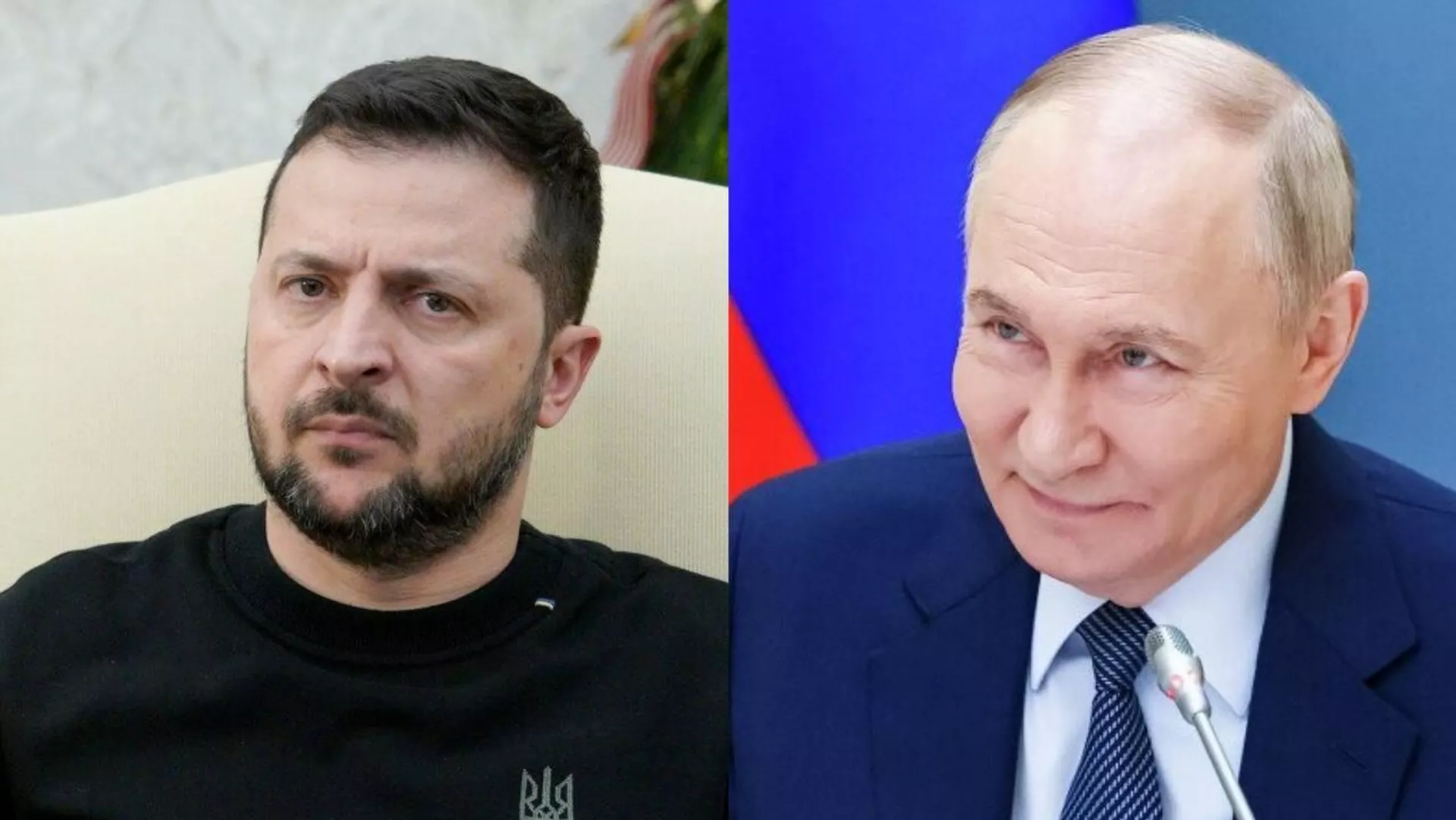
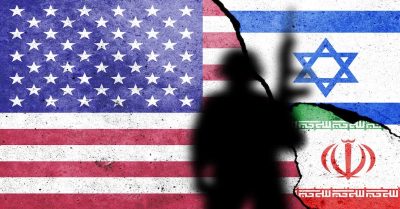



















No comments:
Post a Comment